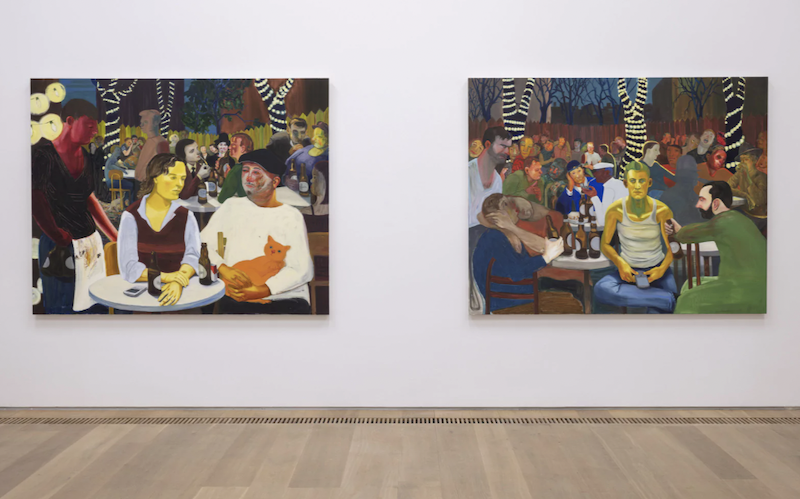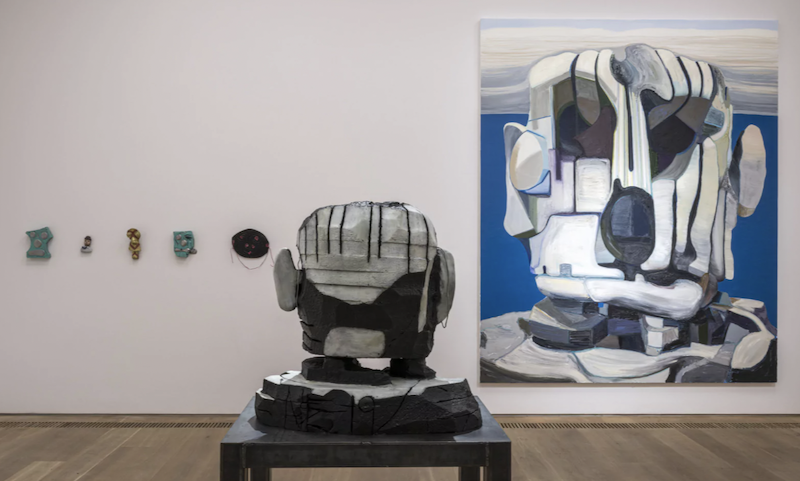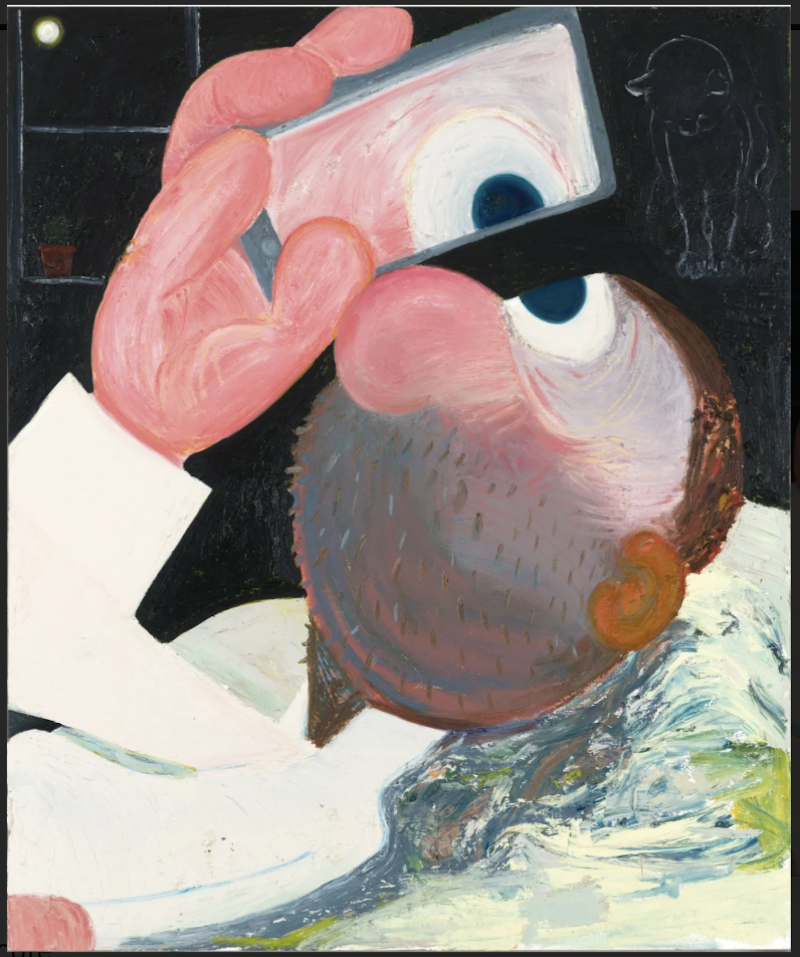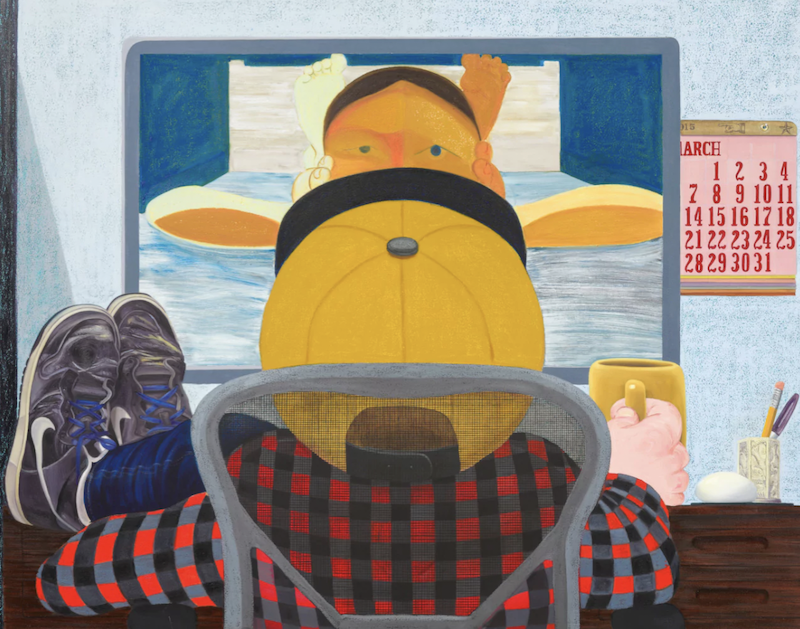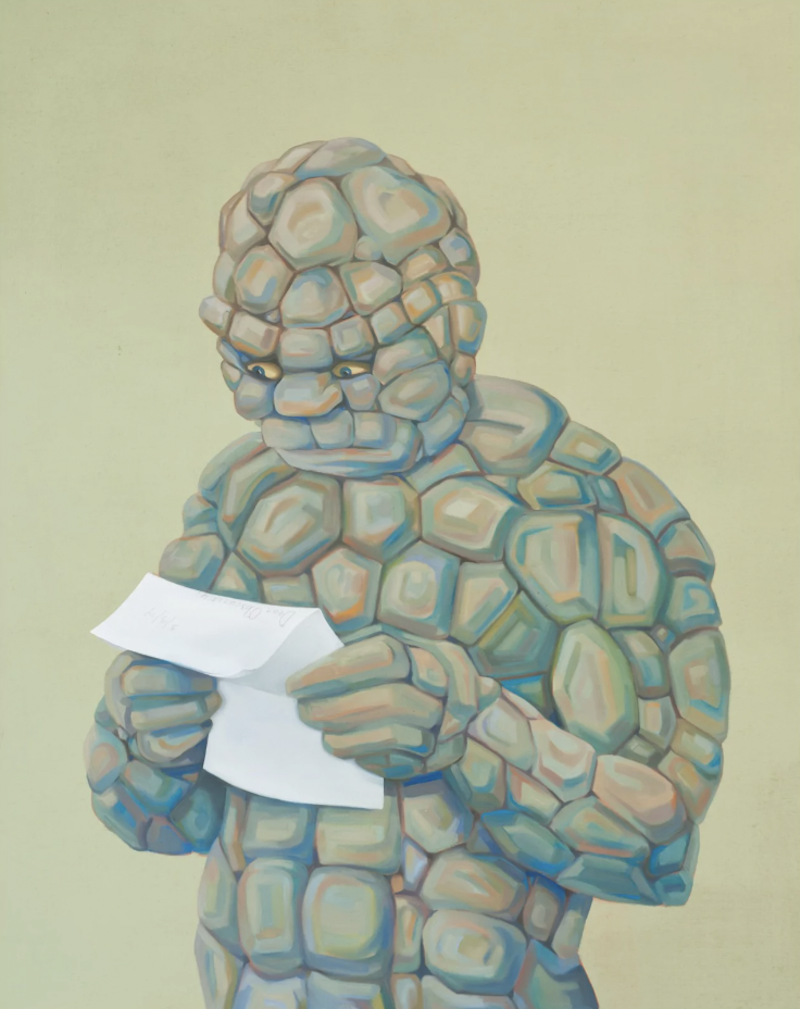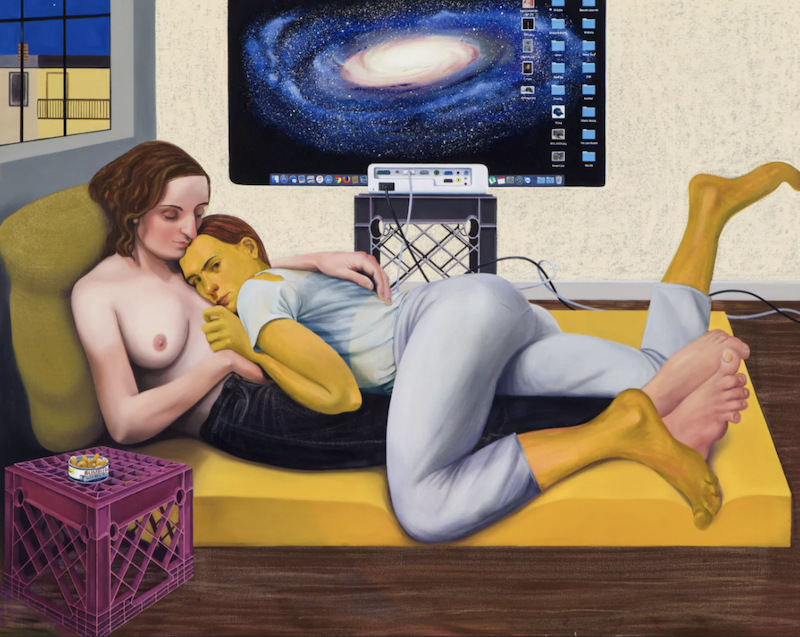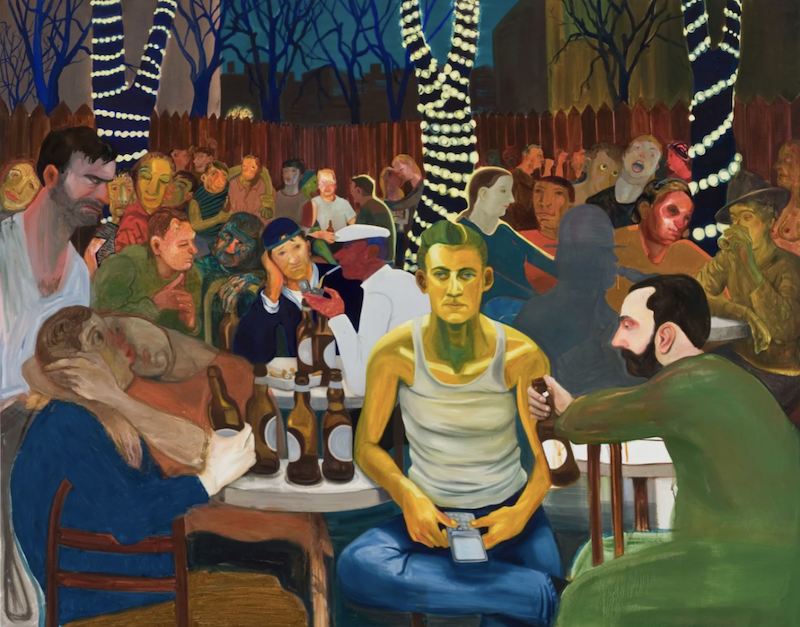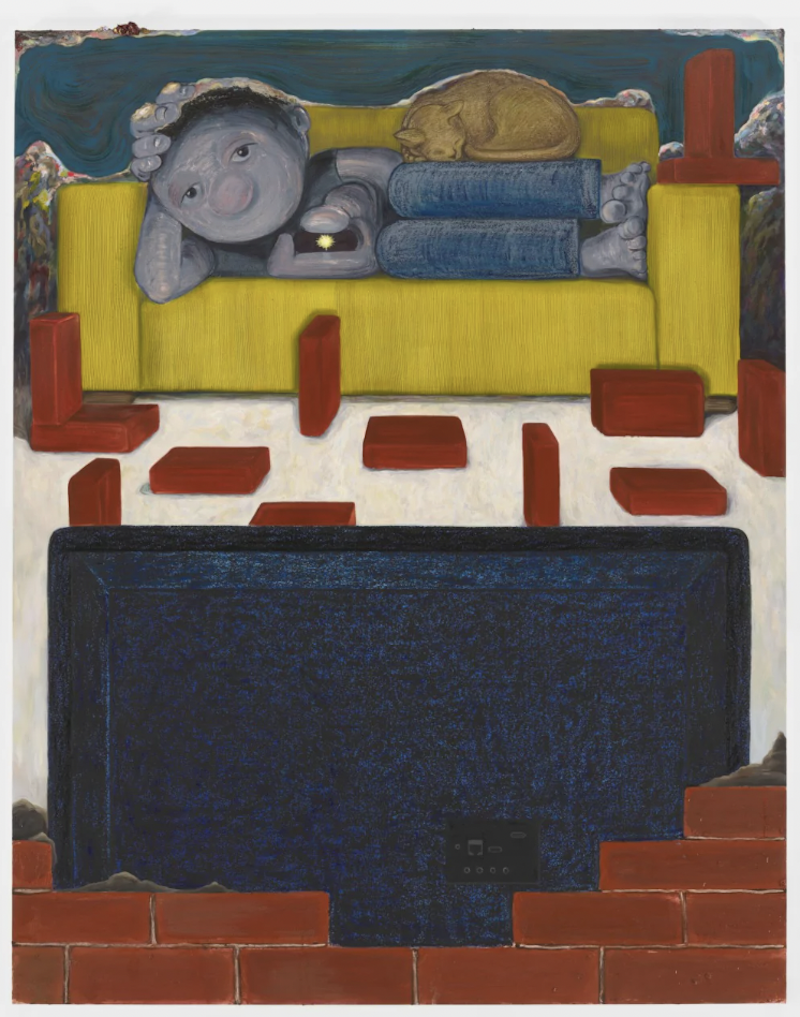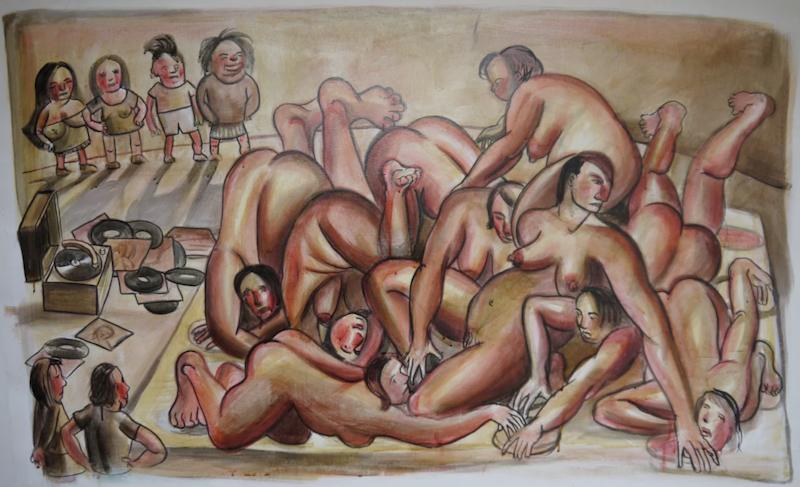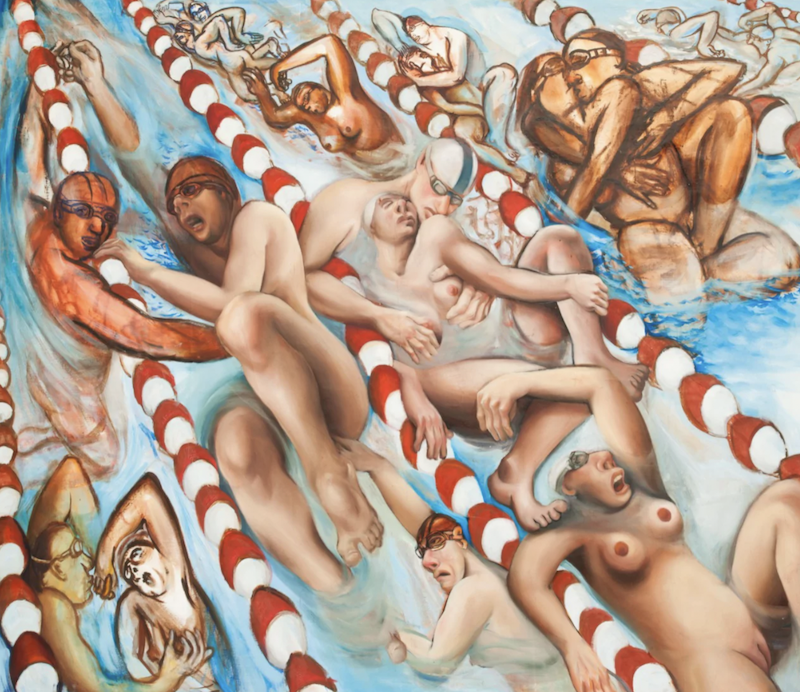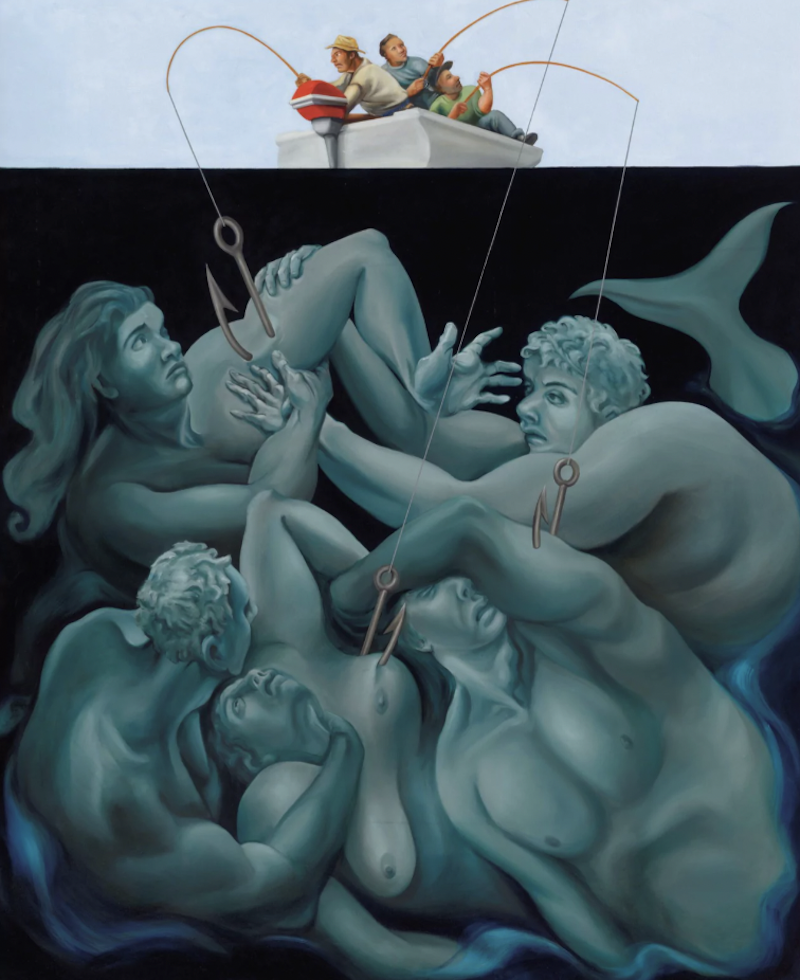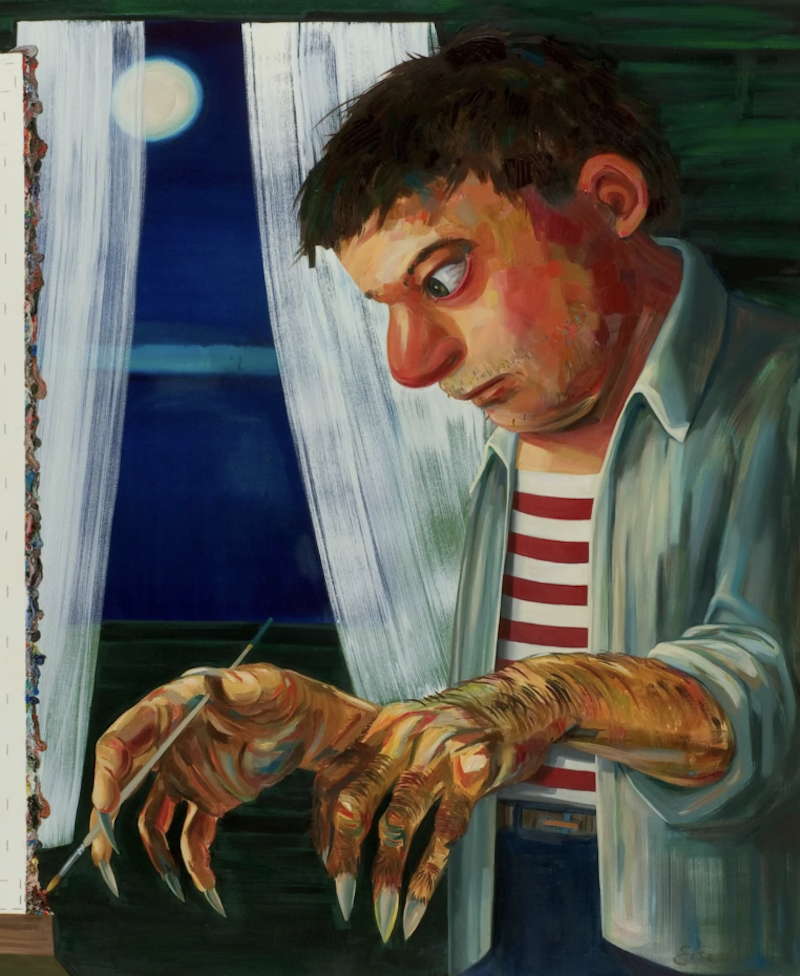When Nicole Eisenman was the October 2016 cover story, the artist told us, “I don’t think of painters as being dead or alive. The work is dead or alive, depending on whether it has something to say. It’s not a gender thing. I’m not interested in reclaiming art history for women or queer-ifying it. It’s simply a place to go to get ideas, to find inspiration, to form questions.” This felt like an apt quote when looking at the phenomenal Nicole Eisenman. What Happened, on view at Museum Brandhorst in Munich.
The exhibition surveys for the first time the entire spectrum of the artist’s three decades of work in painting and sculpture, bringing together approximately 100 works dating from 1992 to the present. Relevant from an art historical and social, political and deeply human perspective, it is an oeuvre that manages in an anarchic way to be both an homage to and a critique of its own subject.
From the gallery: In her large-scale figurative paintings since the 2000s, Eisenman references her living environment, depicting the everyday in ways that are both humorous and compassionate. They are often group portraits, yet they tell not only of unity and connectedness, but also of loneliness and alienation within society. Since the mid-2010s, the artist has produced a series of monumental paintings in which she references the tense political atmosphere in the United States following the 2016 presidential election. Some works criticize those voters who fell for Donald Trump’s populist promises. Others feature politically engaged communities working together to confront a social culture that is on a dark path (“The Darkward Trail,” 2018). In recent years, sculptural works have also become more prominent in Eisenman’s practice. After initially working with plaster at the beginning of the 2010s, these days there is no material that the artist does not use in her sculptures. Their materiality references queer themes that continually preoccupy Eisenman, along with her unwavering humanist and universalist stance.



